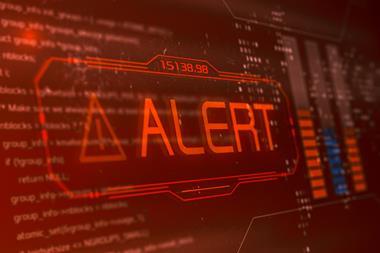The more disturbing the situation, the stronger the urge to take refuge in familiar procedures. When suddenly faced with a catastrophe, crisis managers tend to try and follow familiar systems. Such procedures are usually utterly inappropriate in the face of a situation that is anything but familiar.
Selecting and training a crisis management team (CMT) is vital, when decisions have to be made quickly. If an engine fails with an aircraft approaching take-off speed, there will not be a wide ranging discussion before a decision to lift off, or hit the emergency brakes is made. What happens will not represent the pilot’s momentary whim. The reflexes that come into play are based on prior preparation.
Organisations which want to survive a crisis and prosper after it, need prior preparation to deal with any corporate drama. Crisis management is a dynamic front-end concept that operates in a ‘quick time’ environment: one where you take actions within minutes, rather than debate them at length.
Establishing your CMT
There are a number of key issues:
Many crises are not sudden and can actually become catalysts for successful restructuring. It has been said that crises breed life, whereas order breeds habit. Opportunities to demonstrate this can be productive, provided your response has been tested in advance and is flexible and designed for crisis limitation, rather than assuming total disaster.
Crisis prevention is considerably more effective than disaster recovery. However, many organisations are encouraged by consultants to spend a time and money on recovery options, without first looking at what they are doing to minimise risks.
Most disasters are caused by organisations that fail to prevent a crisis from getting worse, only waking up when things have deteriorated to the point of calamity. However, you can train people to act with confidence and skill at the initial stages of an incident to stop it spreading.
Food safety case study
In 1999, events in Belgium showed the importance of this. In the spring of that year, dioxin was introduced into the Belgian food supply via contaminated animal fat used in feeds supplied to Belgian, French and Dutch farms. High levels of dioxin were found in both meat and eggs. A food safety scandal followed, filled with drama and public outcry. There were investigations, the destruction of tons of eggs and meat products, and huge economic losses.
The Belgian government’s major error in managing the crisis was in not promptly going public, resulting in accusations of a self-serving cover-up. The government’s strategy became the focus of intense criticism, and the issue of poor quality control in the food and feed industries was sidelined.
This incident illustrates the basic components required to manage any food-related crisis:
Research at Oxford University (Knight & Pretty) found clear evidence that a good CMT was far more significant than catastrophe insurance. If an organisation is perceived as competent in preventing chaos in a crisis, it demonstrably leads to an actual increase in share value .
Therefore, organisations need to ask if their existing CMT plans are crisis friendly. Are they capable of being read by someone actually in a crisis, suffering from the ‘uns’ ( unexpected, unscheduled, unprecedented, unimaginable)? The plans must inform the reader, not simply protect the author.
You may think you are looking at a minor catastrophe, but can you predict what lies concealed? Take the example of the ship Mont-Blanc that exploded in Halifax on 7 December 1917. She had been burning for 20 minutes and people were watching at their windows. The explosion caused some 2000 deaths and thousands of injuries from shattering glass. No one knew that the vessel was transporting a large quantity of explosives.
A sequential crisis plan that grades the escalation and and de-escalation of incidents should enable organisations to measure both prevention and recovery. Sustaining organisational commitment and progress is more important than an over indulgence in disaster recovery alone.
In many potential catastrophes, speedy intervention by a quick thinking CMT has made the difference between sinking and swimming. CMT leadership, like swimming, cannot be learned just by reading about it. It is best done by trying it out - before you are thrown into the deep end. So, who needs crisis management teams? Perhaps you do.
Peter Power is managing director, Visor Consultants Ltd, E-mail: p.g.power@btinternet.com
CMT PLAN PREPARATION
CMT MEASURES
Base workable and sustainable CMT measures on the following:



















